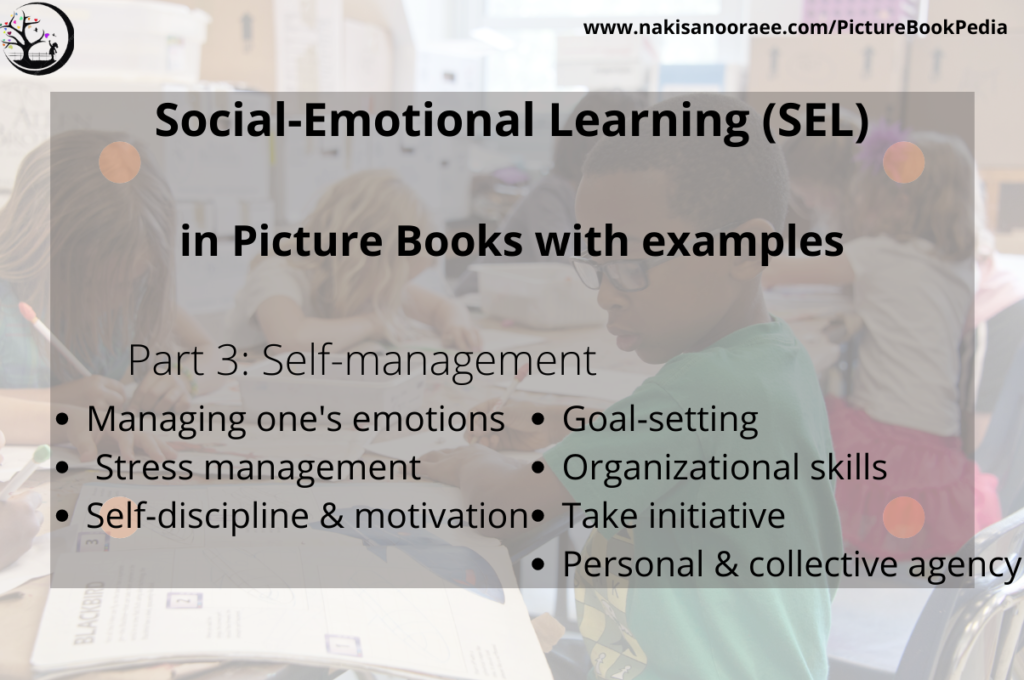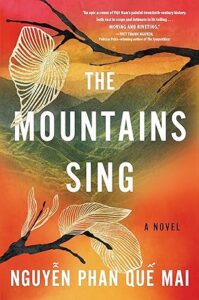In the first blog post of this series, I looked at the definition of Social-Emotional Learning (SEL) and its five components according to CASEL 5. The second post was about self-awareness and this blog post is about the second basic element in SEL: Self-management.
What is Self-management?
According to CASEL 5, self-management defines as:
The abilities to manage one’s emotions, thoughts, and behaviors effectively in different situations and to achieve goals and aspirations. This includes the capacity to delay gratification, manage stress, and feel motivation and agency to accomplish personal and collective goals.
This short video also discusses self-managmenet.
Which topics do belong to Self-management?
Here are the topics that CASEL 5 introduced in the category of self-management:
- Managing one’s emotions
- Stress management
- Self-discipline and motivation
- Goal-setting
- Organizational skills
- Take initiative
- Personal and collective agency
Let’s review them one by one and look at some picture books in each category.
Managing one’s emotions
The story of Fergal is Fuming! (2017) by Robert Starling is about anger management. A short-tempered dragon—Fergal—burns things around him whenever he is angry. His friends got fed up
and this teaches him a lesson. The creative aspect of the book is that it joins this topic with a dragon, the creator children love. It shows the consequence of anger and offers some strategies for when we are angry. Fergal learns that everyone gets angry but some have their own ways to extinguish their anger. In the climax of the story, when Fergal is angry again, he deploys his mother’s suggestion; count numbers and he succeeds in controlling his anger.
The book cover is very creative. It has a hole, burnt from Fergal’s fire!

Stress management
Stress, anxiety, and fear are too often used interchangeably. However, they are three different states.
- Stress is our body’s response to pressure. Many different situations or life events can cause stress. It is often triggered when we experience something new, unexpected or that threatens our sense of self, or when we feel we have little control over a situation. When we encounter stress, our body produces stress hormones that trigger a fight or flight response and activate our immune system. This helps us respond quickly to dangerous situations. However, too much stress can cause negative effects. It can leave us in a permanent stage of fight or flight, leaving us overwhelmed or unable to cope. Long term, this can affect our physical and mental health. [reference].
- Anxiety is persistent, excessive worries that don’t go away \underline{even in the absence of a stressor.
- Fear is an emotional reaction to a specific, real danger. When you are in a jungle, alone, in front of a hungry lion, and your heartbeat goes crazy, that is fear. But when a person’s heartbeat goes up before his public speaking, that is anxiety because the situation is not dangerous.
Mindfulness, meditation, yoga, and exercise are some of the recommended strategies to manage stress. There are numerous titles, both for children and adults, available on market in any of these strategies.
Picture books about mindfulness: 60 examples
Picture books about meditation: 7 example
Picture books about Yoga : 21 examples
However, there is a big gap in the market. Why does stress start? The aforementioned list of activities is meant to control the flood! What about the reason for the flood? What happens when a child (or an adult) feels stressed? I believe, the answer relies on the definition of stress, given above: stress happens when we experience something new or unexpected…
Children’s worlds are filled with new experiences. They may enjoy begin engaged in many new experiences but many of them give them stress because they cannot comprehend the situation.
All the picture books I found so far, direct children to the stress-control strategies. But, no picture book tells them about the nature of stress: you feel bad on the first day of school only because it is a NEW experience. After moving to a new house, you feel uncomfortable only because it is a NEW place, not a dangerous place! What we need, in my opinion, is to help our children to profoundly conceive that NEW is not Stressful and NEW is not FEAR. Otherwise, they grow up to be wing-clipped birds, afraid of the world outside the nest.
If you know of any picture books with this theme, please let me know. I need this, foremost, for my son and for this blog post. And, if you know how to write such a picture book, please do so.
Self-discipline and motivation
Self-discipline is the ability to control yourself and to make yourself work hard or behave in a particular way without needing anyone else to tell you what to do.
So far, my research to find a picture book for this title was unsuccessful. If you know a picture book, please let me know. By the way, self-discipline and self-control are two different things!
Goal-setting
The classic example for goal-setting is the New Year’s resolution. For example, Squirrel’s New Year’s Resolution (2017) by Pat Miller and Kathi Ember. While everyone has decided on his/her New Year’s resolution, the squirrel has nothing in mind. Squirrel first learns the meaning of a resolution. Next, he goes around to find his own resolution!

A good place to look for the goal-setting theme is picture book biographies. Especially, the biography of persons who committed to fulfilling the impossible. For example, Boy Who Grew a Forest (2019) by Sophia Gohlz and Kayla Harren. This is the real story of an Indian boy—Jadav Payeng—who decided to take against deforestation.

Or, Manjhi Moves a Mountain (2017) by Nancy Churnin and Danny Popovici. This is the real story of the 22-years effort of an Indian man whose equipment was only a hammer and a chisel.

Another place to find good books for this theme is historical fiction. Another place to find good books for this theme is historical fiction. For example, Oldest Student: How Mary Walker Learned to Read (2020) by Rita Lorraine Hubbard is the story of a 119-year-old woman who learns to read and write. Never is too late to reach the goal!

Organizational skills
Organizational skills for children include the following topics [Reference]:
- Self-care skills (getting dressed, eating, grooming)
- Planning and sequencing skills ( following routines and knowing how and what to do next)
- Academic task performance (e.g. completing homework, project planning)
I couldn’t find any picture book title for organizational skills. If you know any, please let me know in the comments.
Take Initiative
The definition of ‘take the initiative’ is to be the first one to do something, especially to solve a problem. All picture book biographies and picture book historical fictions which are about inventors and activists are good examples of this category.
Personal and collective agency
A funny thing: when I was googling ‘picture book collective agency’, google only brought me lists of literary agencies who accept queries from picture book writers! For this reason, I didn’t find any picture book. Do you know any?
The next blog post, the fourth post in this series, is about picture books published on the third component of SEL; social awareness.
I write blog posts about the craft of writing picture books regularly. The list of the previous posts is on the PictureBookPedia. Also, I publish a quarterly newsletter that includes links to my recent blog posts. The form you have selected does not exist.




